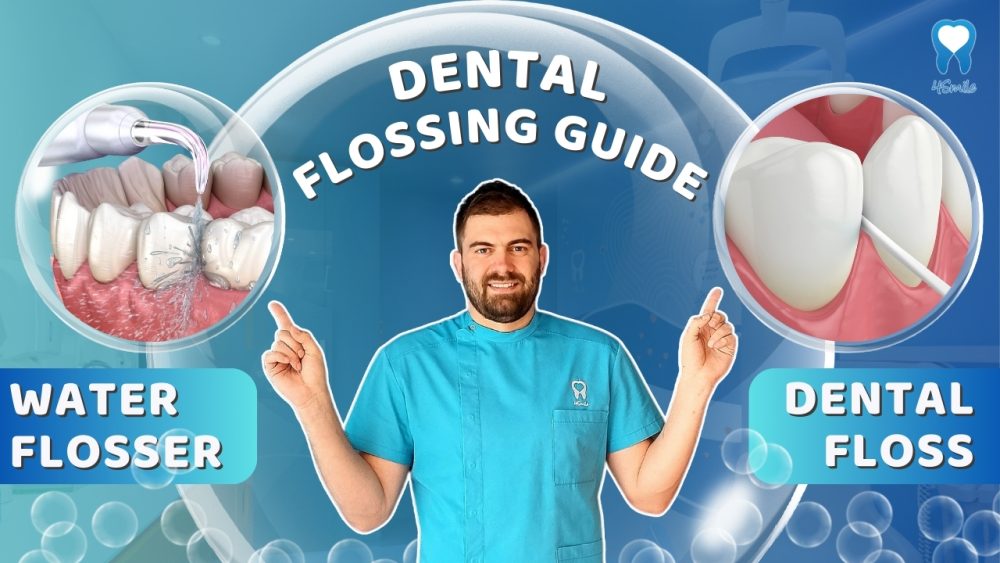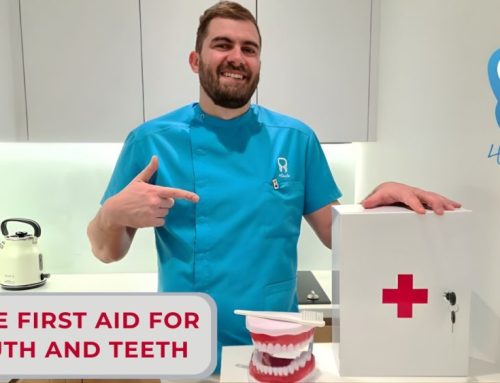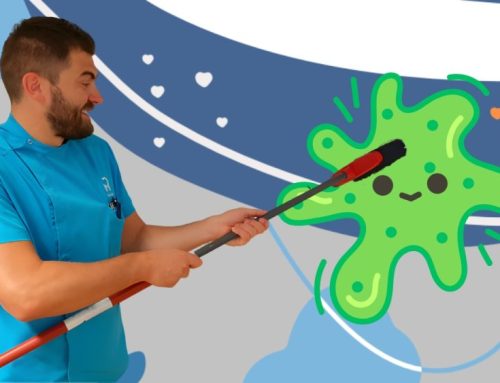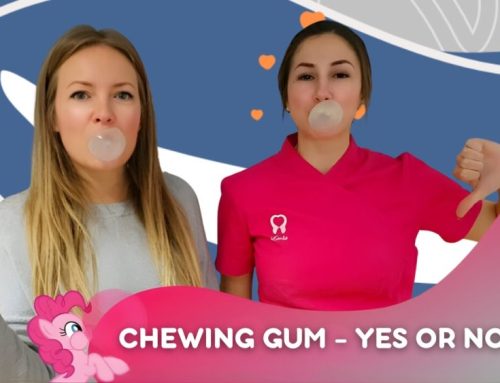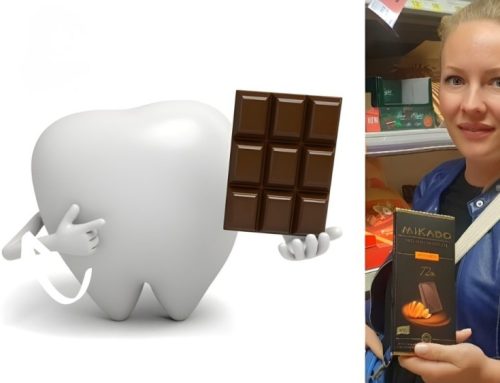Maintaining oral hygiene plays a crucial role in preserving the health of teeth and gums. While regular tooth brushing is the first association for good oral hygiene, the importance of additional steps such as using dental floss and water flosser, also known as oral irrigator, is often overlooked.
Did you know that a toothbrush can only remove 65% of oral cavity impurities?
In this week’s blog from Dental Center 4Smile, we bring you a guide for proper use of dental floss and a water flosser – the key to flawless maintenance of a healthy smile!
DENTAL FLOSS
Dental floss is a powerful ally in the fight against plaque and cavities. Many people underestimate its role, but proper use of dental floss can significantly improve your oral hygiene.
HOW TO CHOOSE DENTAL FLOSS?
There are different types of dental floss:
Thinner or thicker dental floss – Choose the thickness based on the width of your interdental spaces.
Waxed dental floss or unwaxed dental floss – Waxed floss slides better between teeth, is less likely to get stuck, and doesn’t break as easily as unwaxed floss. However, unwaxed floss absorbs food particles better and fits into tight interdental spaces, making it more suitable for people with closely spaced teeth.
Flavored dental floss – Mint-flavored floss can provide extra freshness to your breath, and floss with sweet fruity flavors can be an ideal introduction for incorporating floss into the oral hygiene routine of our youngest ones!
Super floss – Super floss is a thicker and sturdier variant used for cleaning around braces or dental bridges. Because it has stronger parts at each end, this type of floss can withstand the strain of flossing between those intricate spaces if you have braces or a dental bridge.
Dental Tape – Dental tape is similar to, but thicker and wider than, conventional dental floss. Dental tape is a good choice for people with slightly spaced teeth, and it is strong enough not to crack or break easily.
HOW TO PROPERLY USE DENTAL FLOSS?
As a flossing technique, dentist Ivan Antolković recommends:
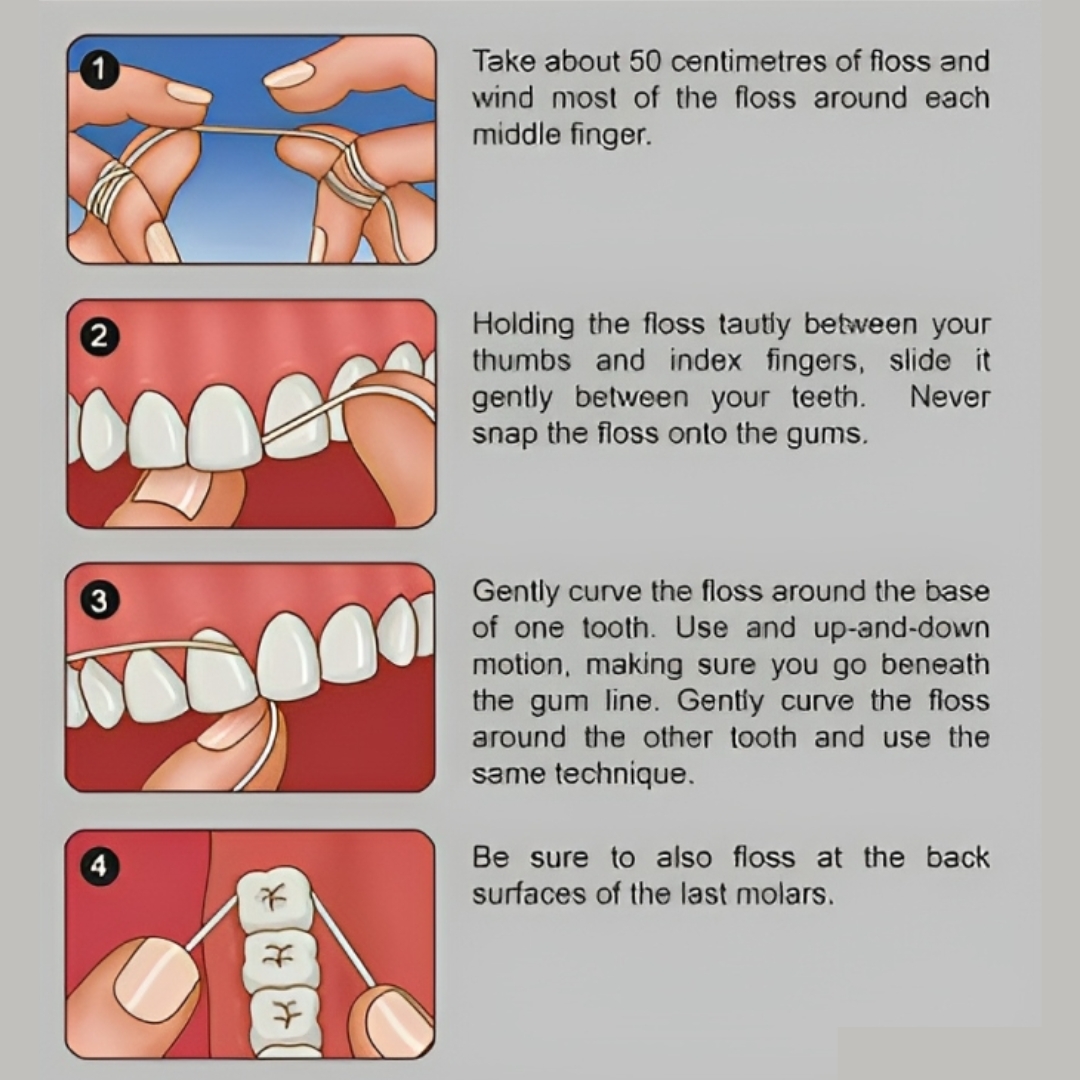
WHAT SHOULD YOU PAY SPECIAL ATTENTION TO WHEN USING DENTAL FLOSS?
1. Don’t Forget Your Back Teeth!
We often neglect the back teeth, but they are just as important. Pay special attention to cleaning the space between the back teeth to prevent cavities.
2. Do not stop using dental floss if you notice slight bleeding from the gums!
It’s relatively common for the gums to bleed when you first start flossing, and as long as the bleeding stops quickly, it’s usually not considered a problem. By using dental floss more often, your gums will harden, so you will have less discomfort during dental treatments.
If you have healthy gums and your gums bleed when touched with a tool during dental treatment, this is exactly how your dentist can know that you are not flossing enough!
However, if you suspect inflammation of the gums, go to the dentist for a medicine that will prevent the development of gingivitis in a short and simple way!
*Note: It is impossible to cure periodontitis, it is only possible to significantly slow down its development. It is better to cure gingivitis than to slow down periodontitis!
WATER FLOSSER
A water flosser, also known as Waterpik, is a modern innovation that uses a stream of water under pressure to remove food residue and plaque between teeth. Here’s how to make the most of a water flosser:
- Fill the tank with water: – Dentist in Croatia Ivan Antolković recommends warm water for a more pleasant experience, especially if you have sensitive teeth.
- Ensure your thumb is on the ‘pause’ button when you turn on the water flosser: To avoid splashing, brush while gently pursing your lips and letting the water run out of your mouth into the sink, or while keeping your mouth completely closed and stopping every now and then to spit out the water.
- Adjust the pressure – Most water flossers allow you to adjust the water pressure. Start with lower pressure and gradually increase to find the optimal level.
Start brushing your teeth in the order you want. Don’t forget to clean both the cheek/lip side of the teeth and the tongue side. Position the tip at a 90-degree angle to the teeth. Pause for a few seconds between the teeth before moving along the gum line to the next area.
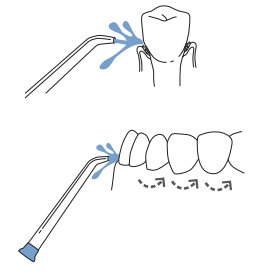
DENTAL FLOSS AND WATER FLOSSER – THE BEST ALLIES IN DENTAL TARTAR PREVENTION
Although dental floss and water flosser are no substitute for brushing, regular use will go a long way in keeping your smile healthy in the long run.
While you can use dental floss several times a day, you should use a water flosser at least once a day, ideally before bed, to ensure complete cleanliness in your mouth.
COMBINATION OF DENTAL FLOSS AND WATER FLOSSER
The best results are achieved by combining dental floss and a water flosser. This synergy provides complete coverage for cleaning between teeth and gums.
Here’s how you can integrate them into your daily routine:
- Dental Floss: Start by using a dental floss to remove larger food debris and interdental plaque.
- Water flosser: After using dental floss, use a water flosser to wash away any remaining food particles and bacteria.
You can adjust this routine according to your needs and time, but it is important to maintain consistency!
CONCLUSION
Regular use of dental floss and a water flosser helps remove debris that a toothbrush can’t reach.
Preventing the buildup of plaque, which can calcify into tartar and lead to cavities, is crucial for maintaining your smile’s health.
Keep your teeth and gums healthy with these two simple yet powerful tools.
While using these tools, visits to the dentist are likely to be less frequent, but don’t forget to visit your dentist in Europe, Ivan Antolković, at least once a year for a preventive checkup!
Join us on the journey to a healthy and beautiful smile!
